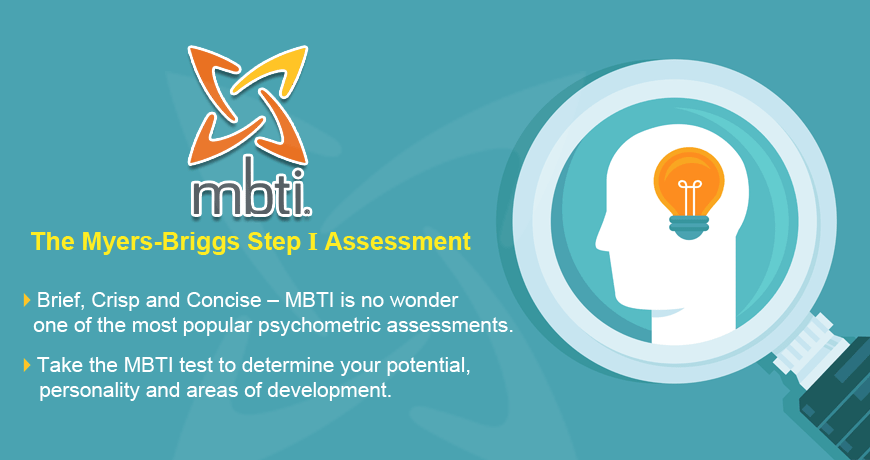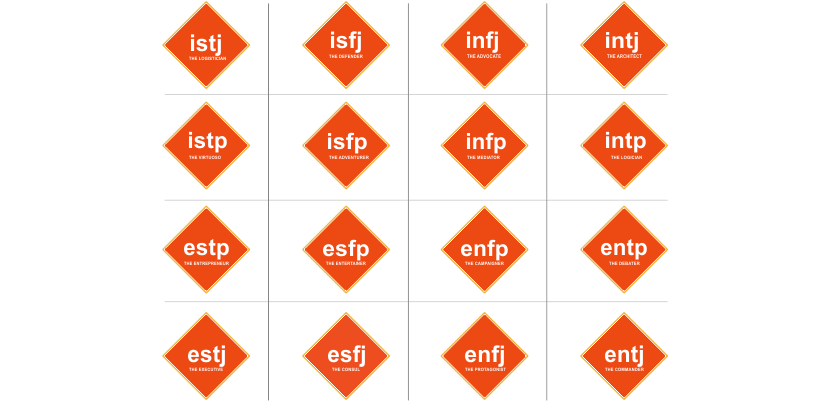
The Myers-Briggs Step I assessment® (MBTI®)
The theory of psychological type was introduced in the 1920s by Carl G. Jung.
The MBTI tool was developed in the 1940s by Isabel Briggs Myers and
theoriginal research was done in the 1940s and '50s. This research is
ongoing, providing users with updated and new information about
psychological type and its applications. Millions of people worldwide have
taken the Indicator each year since its first publication in 1962.
One of the most widely researched and extensively used psychometric tools;
the MBTI offer a 4 letter personality code based on your preferences. 16
such types are generated.
All types are equal: The goal of knowing about personality
type is to understand and appreciate differences between people. As all
types are equal, there is no best type.
The MBTI instrument sorts for preferences and does not measure trait,
ability, or character. The MBTI tool is different from many other
psychological instruments and also different from other personality tests.
Type Table:
The 16 type table

Applications of the Step-I Report
- Type tables can also be used to gather and facilitate analysis of information about teams or specific groups of people.
- The MBTI is invaluable in helping candidates get insights into their preferences
Can be successfully used to add more insight:
- As part of assessment / development centres
- Deep analysis of preferences
- Coaching and mentoring
- Self growth and self development
Mail us for a Step-I demo report at anuradha@psychometrica.in – certified MBTI practioner
Know More
Taking the MBTI Test
The MBTI assessment is administered either online or with paper and pencil, most often through a certified individual who has met certain professional requirements for interpreting the results of the instrument.
- No. of Items: 93
- Duration: Approximately 45-60 minutes
- Ideal For: Junior to Senior Managers
- Should not be used for recruitment purposes
- A Step-I Report will be provided in one business working day


